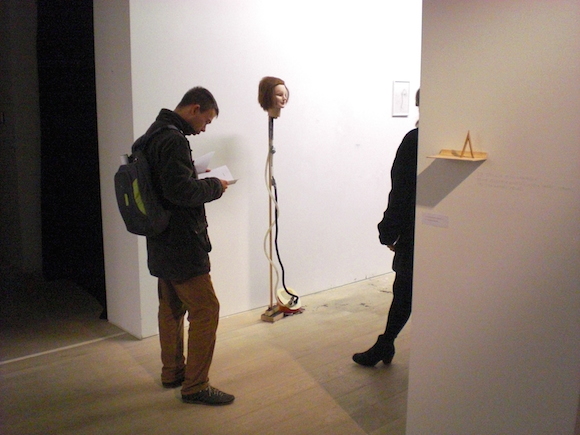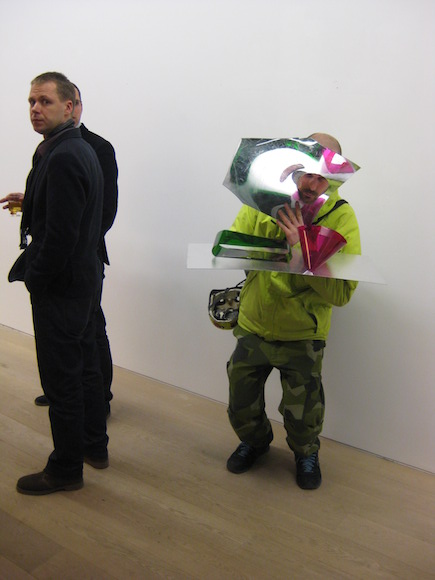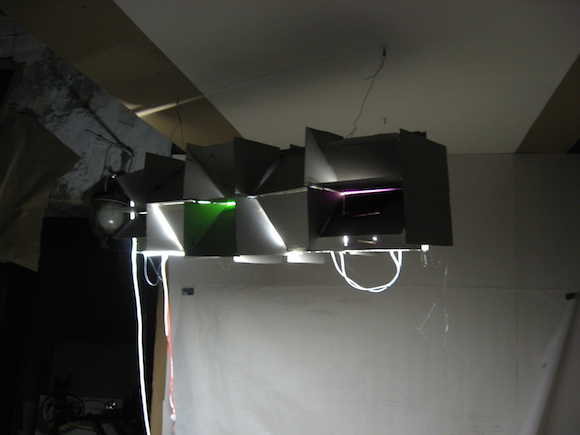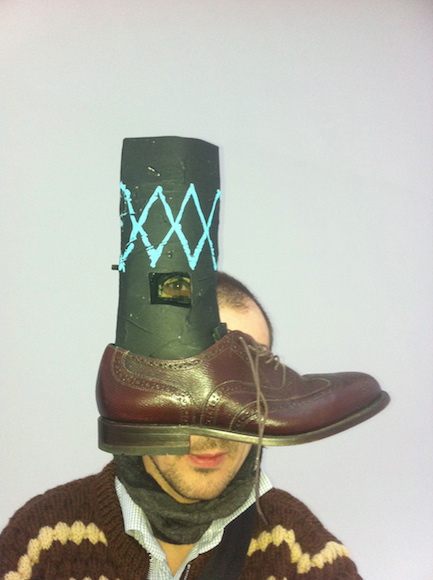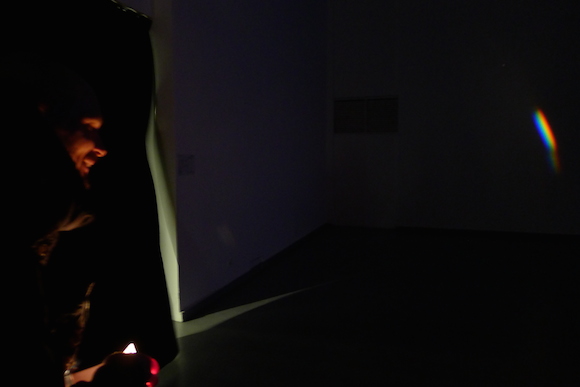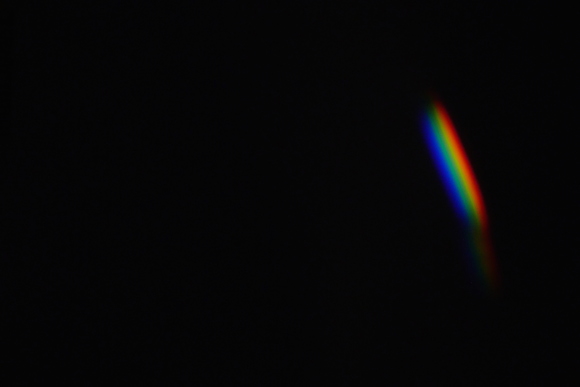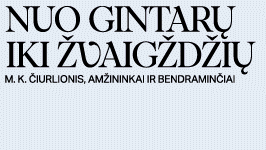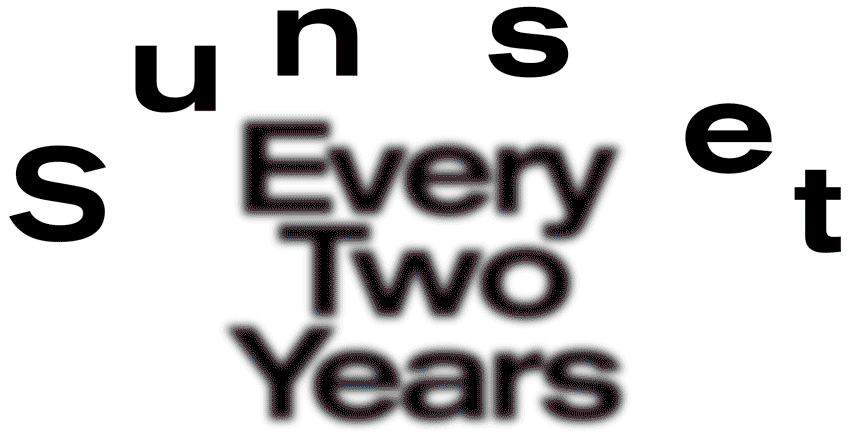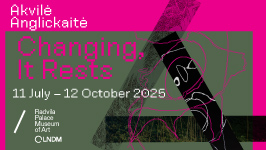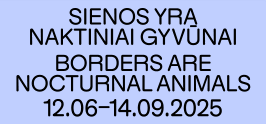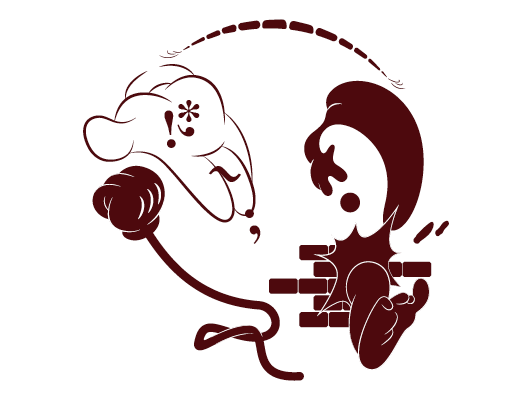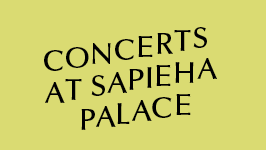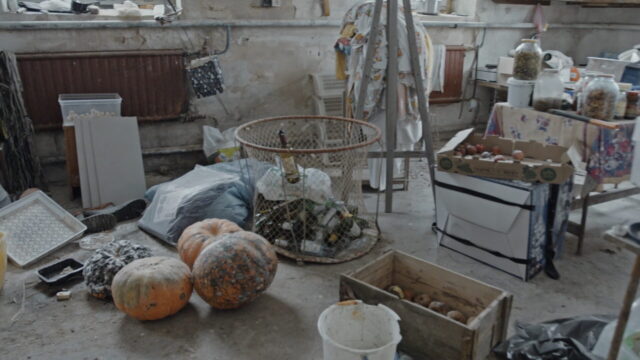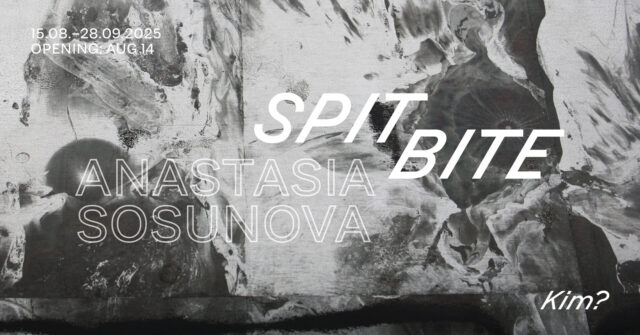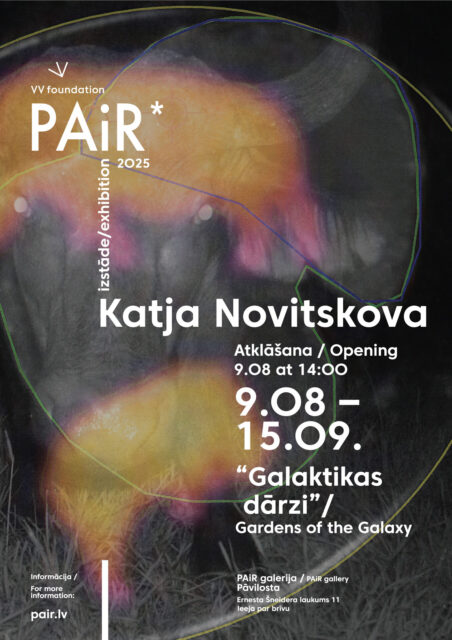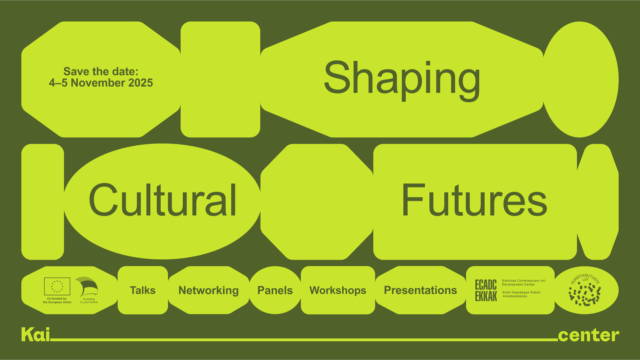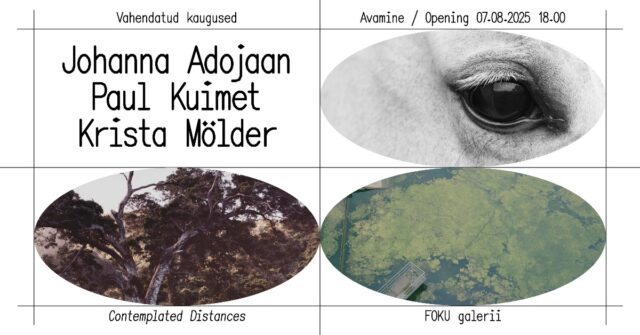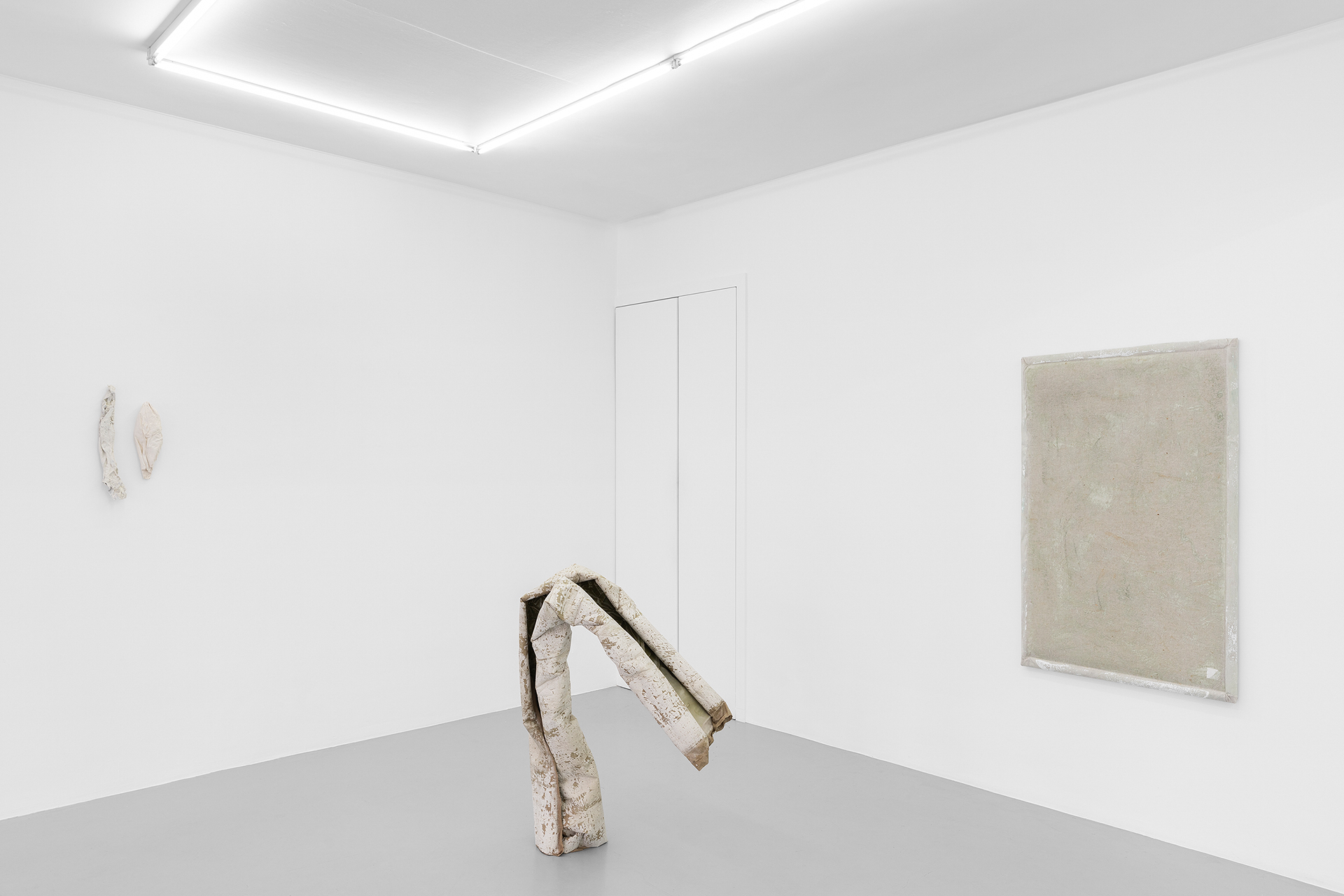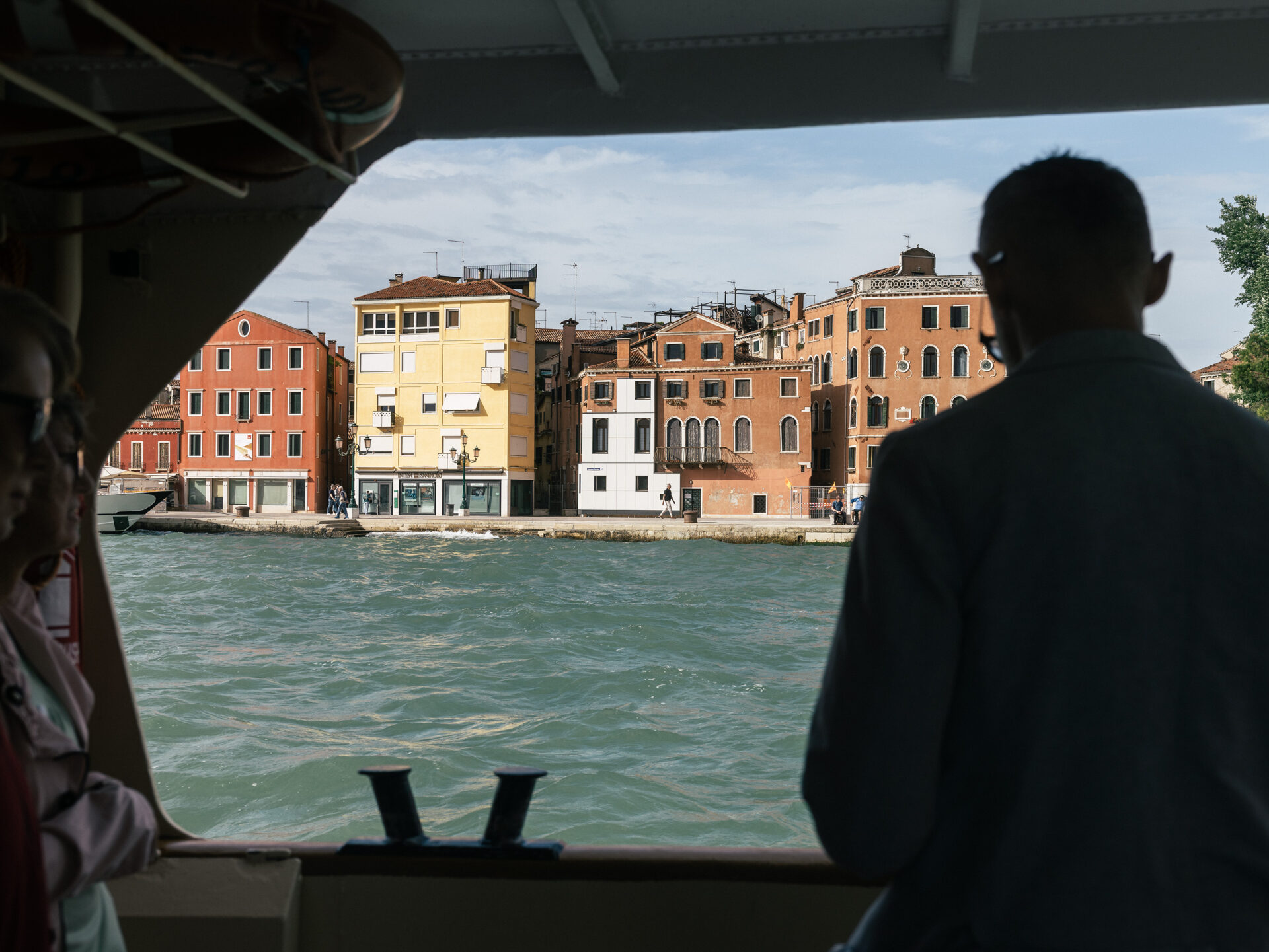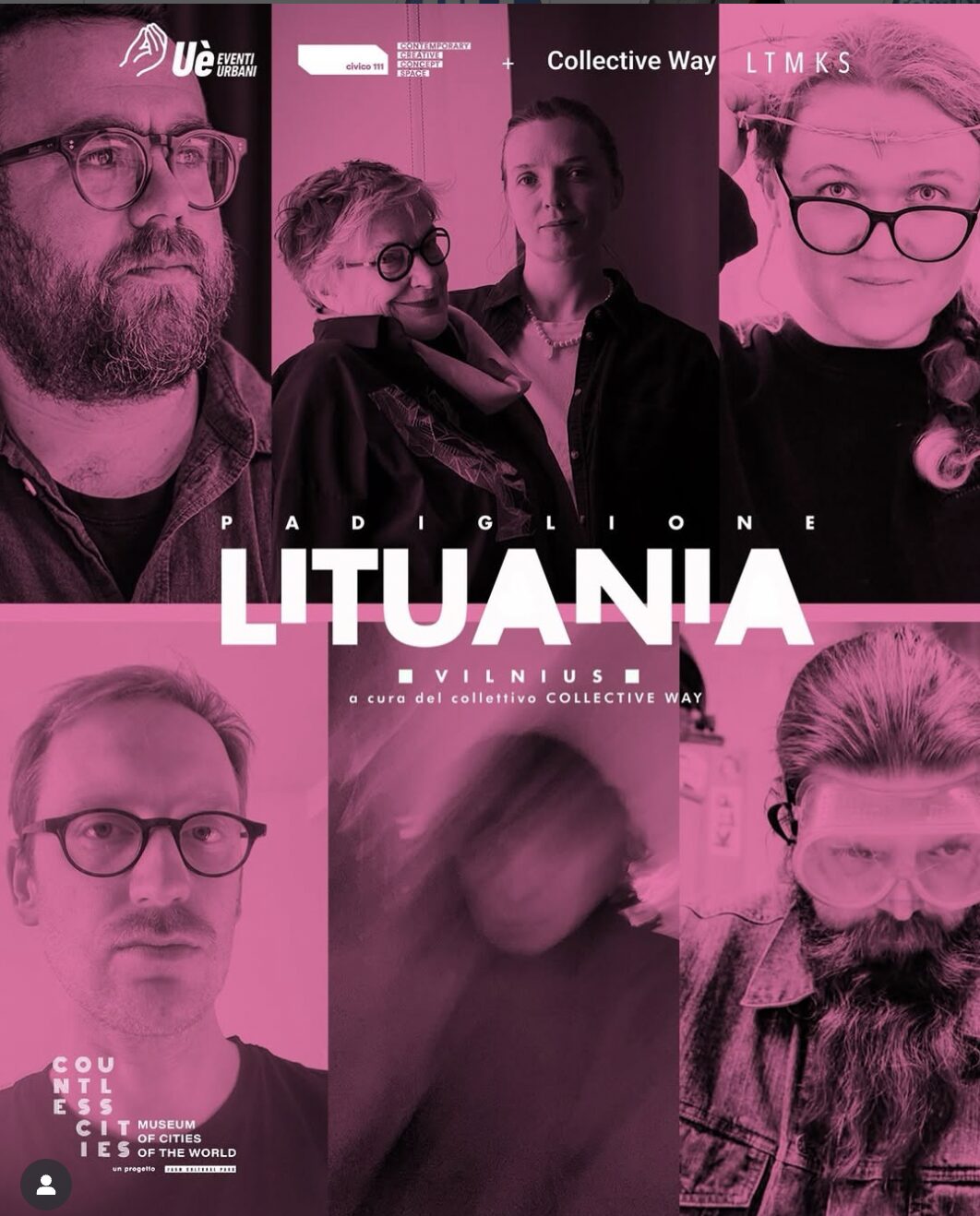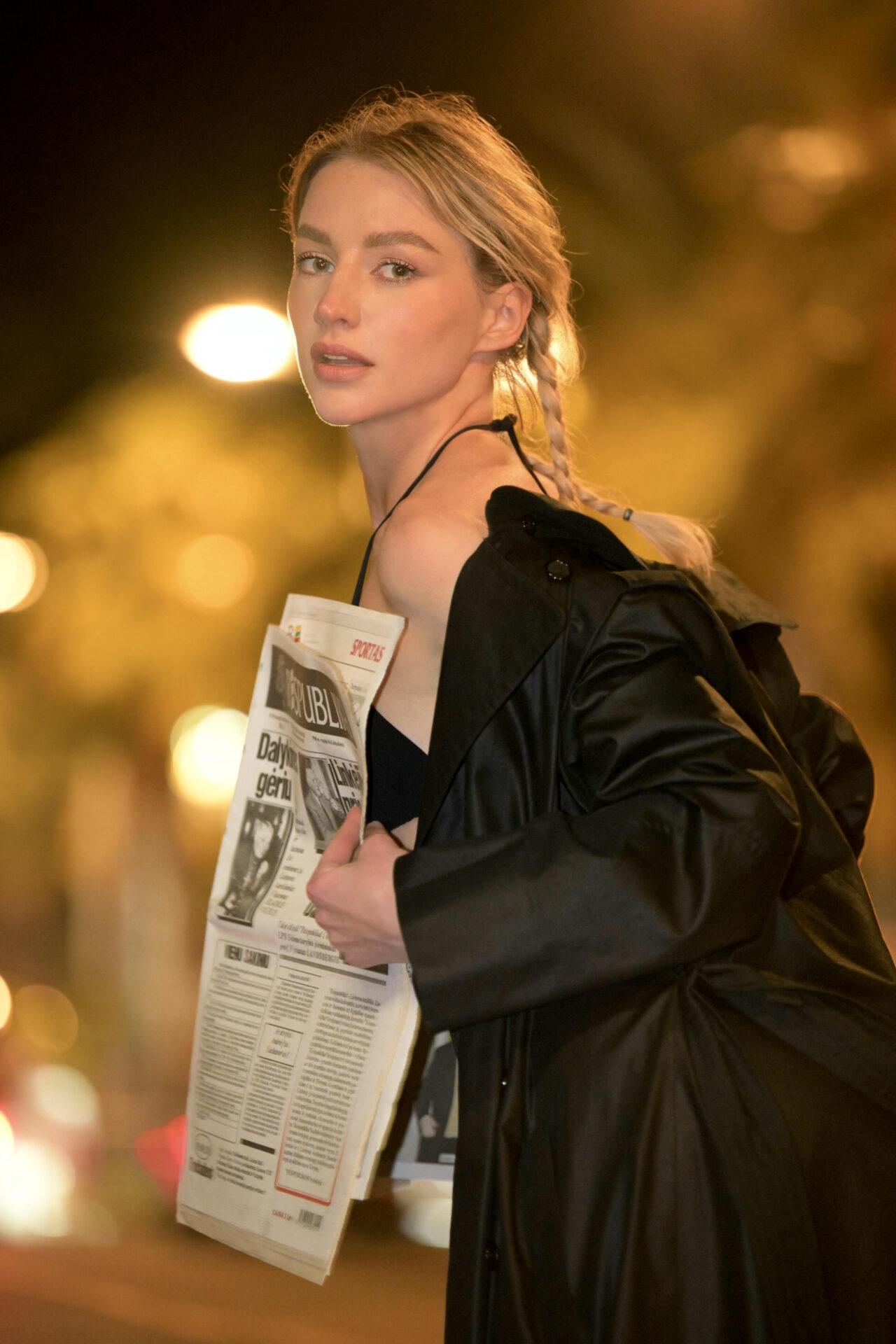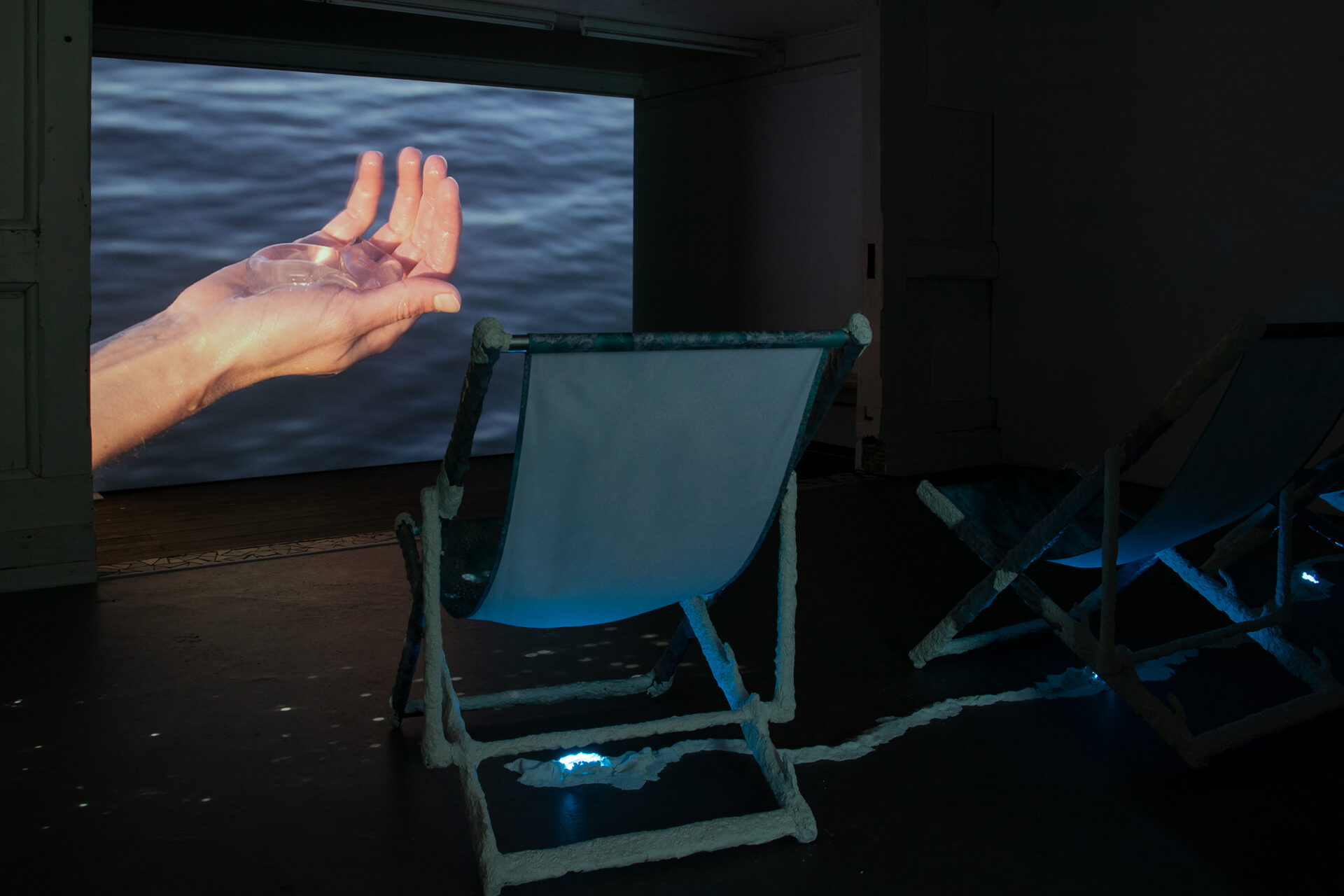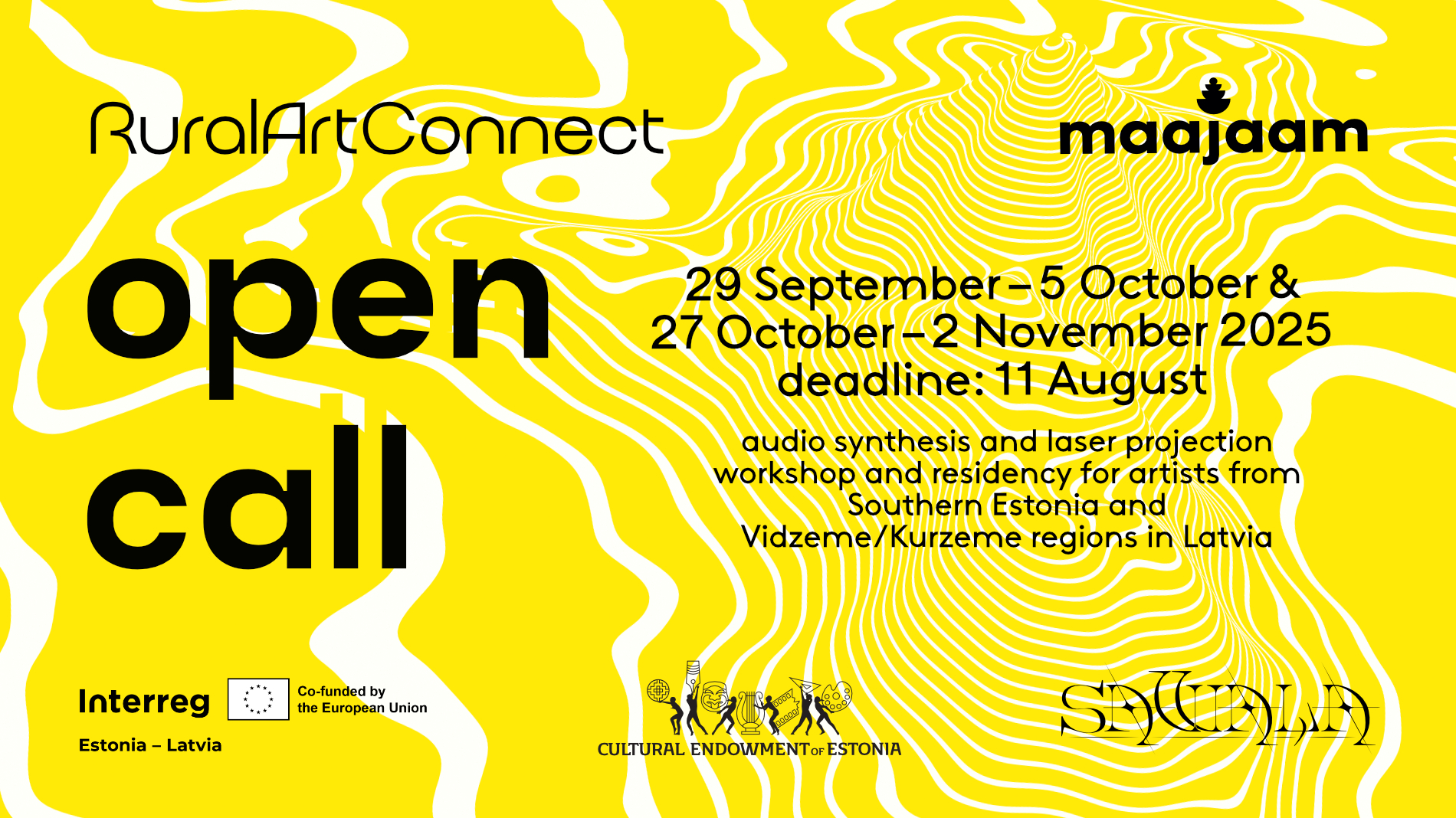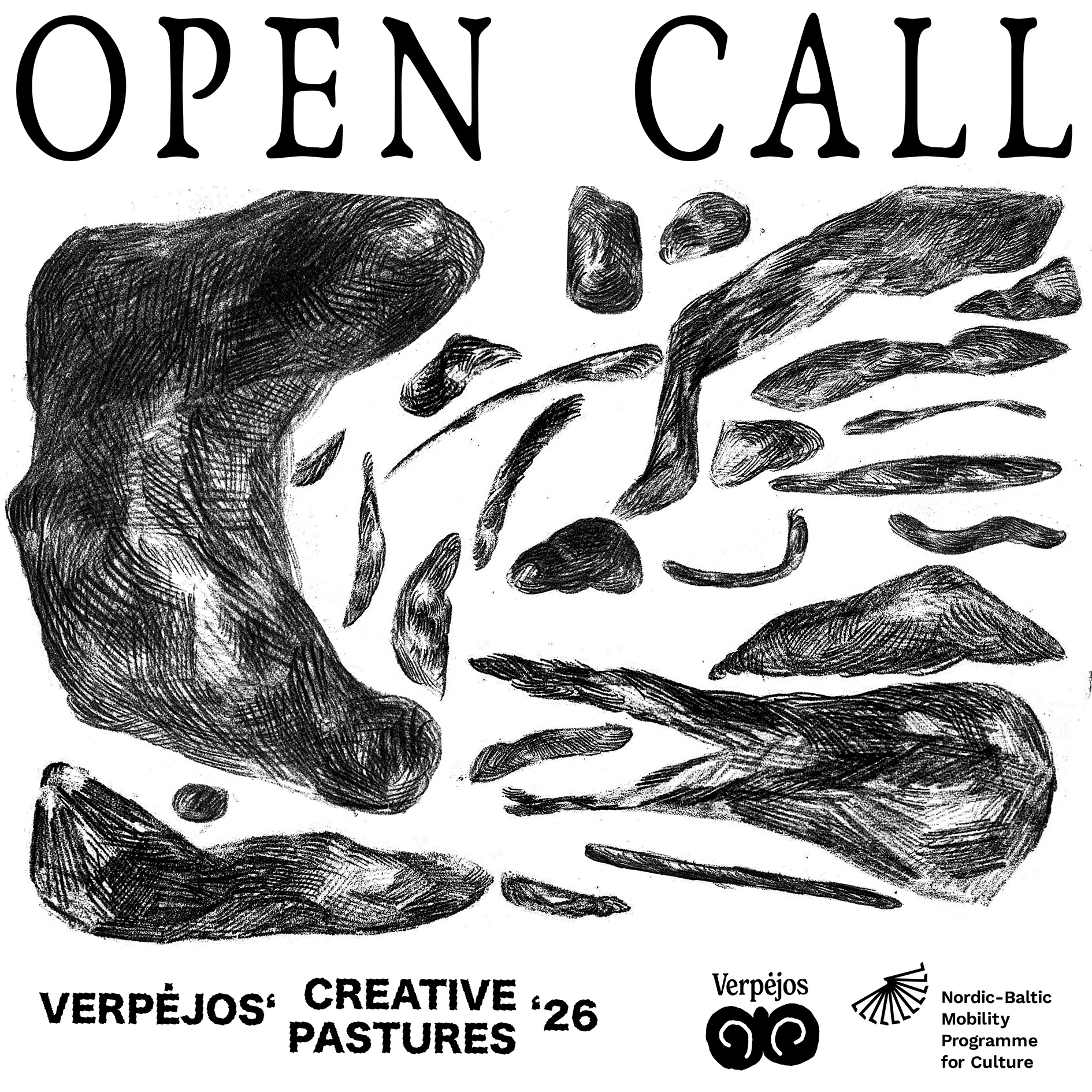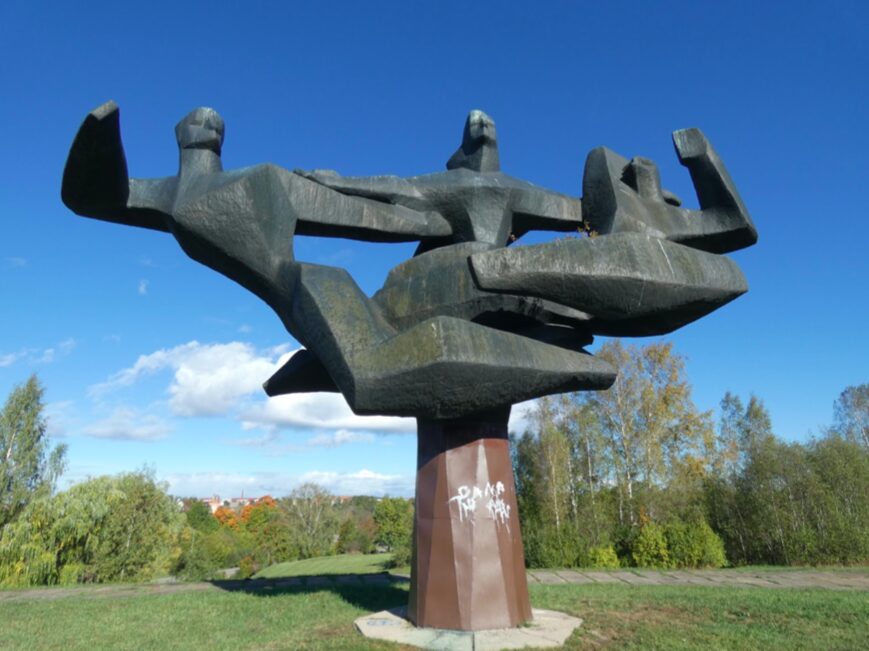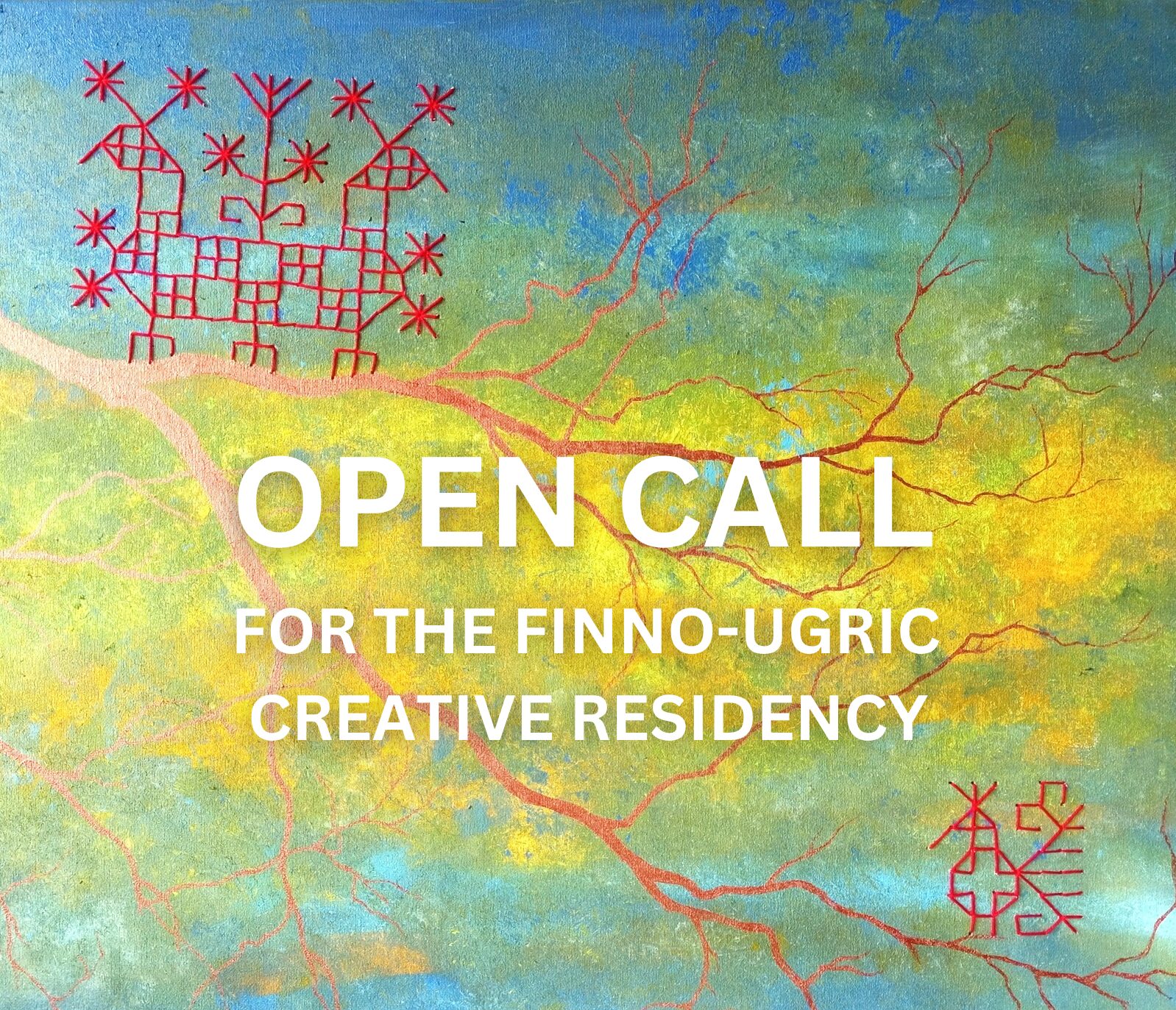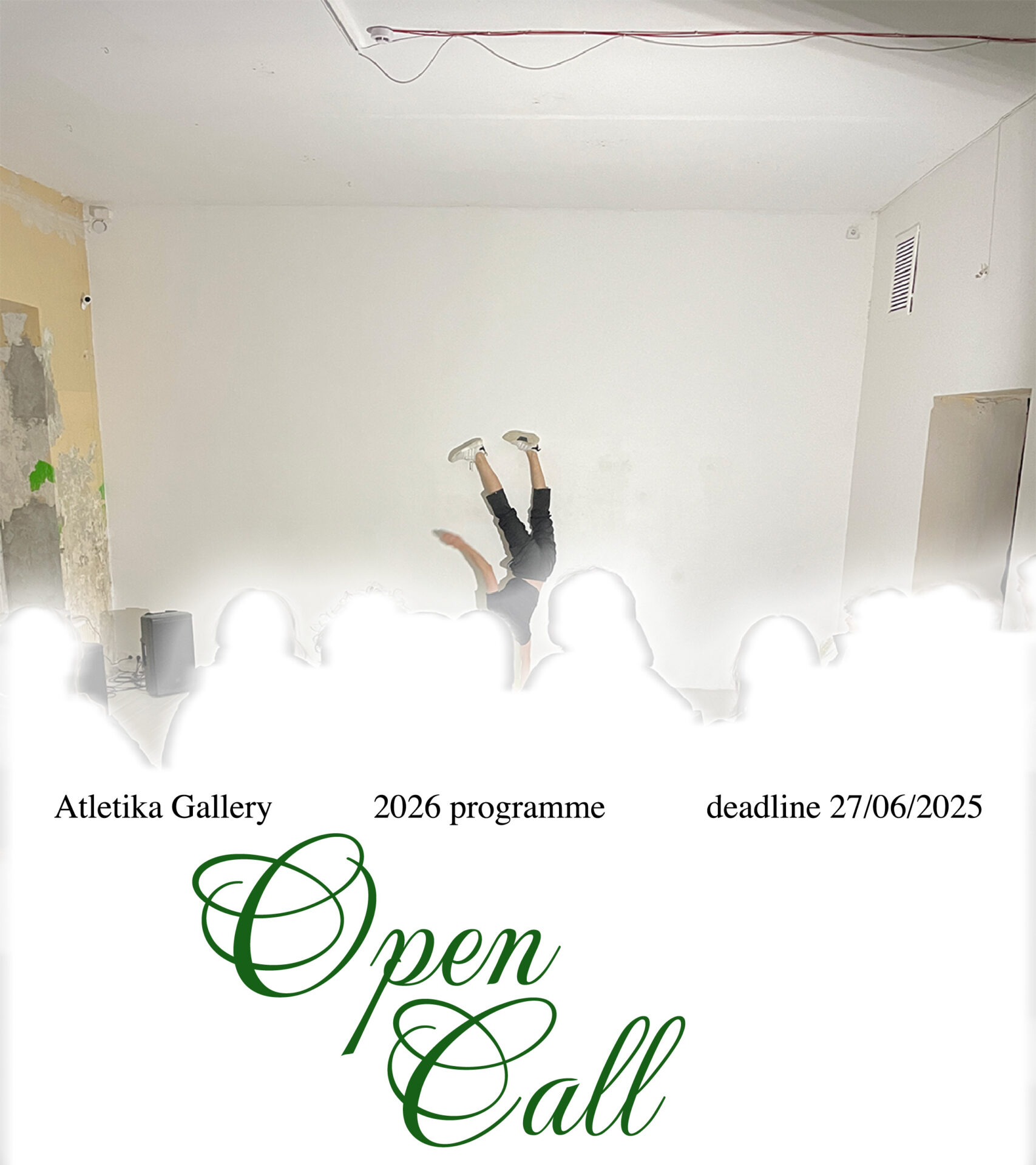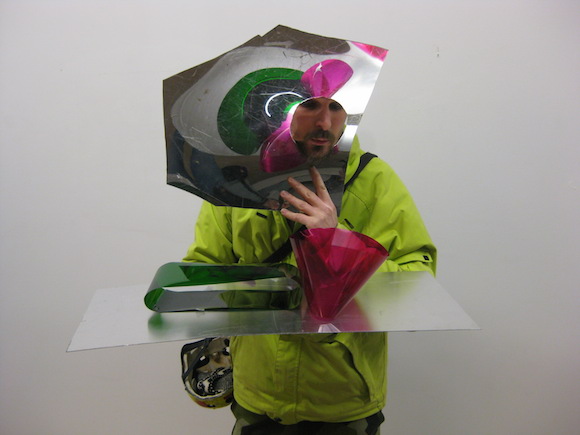
I would like to begin this overview of the work of Stasys Banifacius-Ieva with my reflections on “Cathedral”—the play (dir. by Oskaras Koršunovas) I saw in The National Drama Theatre. The play “Cathedral”, written by one of the most prominent Lithuanian writers of all times Justinas Marcinkevičius, had a cult status during the Soviet occupation. It is based on the biography of a Lithuanian architect Laurynas Gucevičius who was active during the second part of the 18th century. Among other important things, the play dwells on the problem of artist’s dependence on his patron.
Needless to say, during the Soviet times, under the conditions of the political and economical monopoly, the question of ‘patron’ had rather different connotations than it has today. However, I must admit—as a person who did not experience the Soviet times—I find that this question has lost its relevance. No doubt, today artists are not independent: they depend on institutions, private galleries, art collectors, patrons, and—last but not least—art critics. The question seemed to have lost its relevance not because the dependence as such is no more, or because there is no need to discuss the problem of dependence anymore. The loss of relevance manifested itself through the very mode of how the question was raised: “Whether or not? Whether or not it is possible to be free? Is dependence inevitable?”—these are the questions that are posed in the play. In my view, instead of asking “whether or not?”, the questioning should start with “who is it that one depends upon?” and “how?”—thus we will avoid both the dramatisation of (the unavoidable) dependence and idealisation of (the unpurifiable) freedom, and at the same time we will be able to think the variety of relations between the two.
Of course, such questioning is far from being original and new—for nearly half a century it has been part of the institutional critique both in art and art theory. But to what extent these questions are still relevant today? Or, to be more precise: how relevant are they to the Lithuanian contemporary art scene? Or, to narrow the focus down even more (while acknowledging my lack of knowledge on the topic): how relevant are they to the contemporary art scene of Vilnius?
Naturally, in a contemporary art scene we can find the manifestations of institutional critique. It is also clear that not all those who are critical of institutions remain within the institutional limits (thereby remaining within a global context). Here are some generalised examples: art that comes from the gallery spaces and that is supported by municipal and governmental funding; it is the kind of art that, despite of reflecting the museum or gallery context, is noticed by audience and critics only because it is shown in the very same museum or gallery. It is not uncommon that the latter is represented by the small ‘low budget’ or ‘no budget’ artspaces that introduce some geographical and strategic variety to contemporary art scene of Vilnius, but at the same time these spaces are associated with already established artists and curators who graduated from Vilnius Academy of Arts (not to mention the art critics who are criticising the big art institutions only to make an ascent within the systemic hierarchy).
The purpose of all this rant (written by me, an employee of National Art Gallery) is not to show the limitations of institutional critique, but to reflect on its diversity and to see how the work of Stasys Banifacius-Ieva fits into this diversity. Despite the fact that Banifacius-Ieva did not graduate from Vilnius Academy of Arts, he has already participated in several exhibitions in the Contemporary Art Centre in Vilnius. Here are some projects known to me: young Lithuanian artist shows “Enthusiasts” (“Entuziastai”) and “Čiurlionis” (cur. Valentinas Klimašauskas, CAC, 2005 and 2007 respectively), the project “Vilnius is Blurring” held in Turin (cur. Raimundas Malašauskas, 2007), and exhibition “Anne” (cur. Auridas Gajauskas, CAC, 2013). One of the most famous works by Banifacius-Ieva was his public art project where he used an approximate copy of the famous icon of St Mary of The Gates of Dawn Chapel (Vilnius). The icon was turned into a photo-template to be used by public by cropping the face and arms out of the picture thus allowing anyone to take a picture of themselves by sticking their faces and arms through the holes. The project gained a lot of attention from public and press, however the very next day it was removed on the initiative of the same gallery under the auspices of which the project was launched.
However, instead of giving a full overview of Banifacius-Ieva’s oeuvre, I would like to focus on one particular continuous project. For the whole decade Banifacius-Ieva has been visiting the exhibition openings (and sometimes other events, such as “Fashion Infection” (“Mados infekcija”) festival) and has been demonstrating in public his wearable ‘body extensions’ and certain ‘object-tools.’ Each time these ‘body extensions’ and ‘object-tools’ are different, and quite often they have certain resonance with the context of the exhibition, the opening of which Banifacius-Ieva visits—his artistic attributes can hint at the particular artworks in the exhibition, a gallery space, or the public itself. In the context of modern art, these interventions can be partially associated with the constructivist costumes (beginning of the 20th century), or with the work of artists such as Atsuko Tanaka, Lygia Clark, Helio Oiticica, Rebecca Horn, Erwin Wrum (second half of the 20th century). In my view, these ‘extensions’ and ‘tools’ can be put into the historical context of costume design (it might be important to note that the artist’s brother is a famous Lithuanian fashion designer). However, here the aspect I am interested in is not the particular artworks and their qualities, but the status of this whole project in the context of institutional critique.
On the one hand, it is an ‘independent’ project: Banifacius-Ieva’s art is self-funded, there are no institutions or galleries involved, his projects are not part of any bigger curatorial, museum, or gallery project, no one is responsible for the public relations. (Although I must mention that one of his ‘body extensions’ was exhibited in 2006 at the ‘Vilnius is Blurring’ show in Turin, but only a handful of culture activists in Vilnius were aware of this fact.) Bonifacius-Ieva’s professional progress is not very impressive—despite his participation in several shows at the CAC, he is not a well known artist. Apart from the infamous ‘St Mary’ project, his ‘performances’ during the show openings remain his second best known project. On the other hand, the artist uses all the merits of art institutions, as his performances are seen by a wide audience—i.e., visitors of CAC, National Art Gallery, “Vartai”, “Arkos”, Jonas Mekas Visual Art Centre, Malonioji 6, and other galleries. Artist’s position is rather ambivalent—it could be understood as an irony directed towards the exaggerated importance of vernissages, but it can also be seen as a pure celebration of this tradition, hence his work would be a creative contribution to its value (and it is the latter interpretation that I prefer). And last but not least, even if the artist makes use of the institutions, his strategy avoids certain elements that are typically institutional. There is no program, no creative identity, no label with the author’s name. It looks like the majority of his audience do not even know his name and his project is understood as a ‘brandless’ action.
Before writing this text I had an idea that in this context the term ‘parasitism’ would be appropriate. However, it is not. The artist does not take anything from the institution, quite the contrary—he even contributes by adding some surplus value to it, above all having in mind that this is exactly what institution (especially a governmental one) finds it hard to do: all its attention goes to public announcements and PRs, names, and titles, and the outcome of every attempt to renounce any of these aspects is usually scandalous. Hence, in terms of appropriateness, the term ‘symbiosis’ is a way better option—a symbiotic relation means that, despite their natural differences, the big organism (institution) and its interdependent ‘satellite’ (artist) are mutually useful to each other.
Institutional critique usually (but not always) gets to be associated with the negative criticism. Paradoxically, in this case the artist who mostly avoids any kind of institutional collaborations and strategies, does not aim to expose the institutional deficiencies—quite the contrary, he uses the institutional merits boldly and without any ‘complexes.’ Another paradox: even though this article has been written partly in order to draw some attention to the para-institutional practices, it nonetheless—simply by virtue of its existence—brings Banifacius-Ieva’s oeuvre closer to the institutionalised discourse on the contemporary art.
